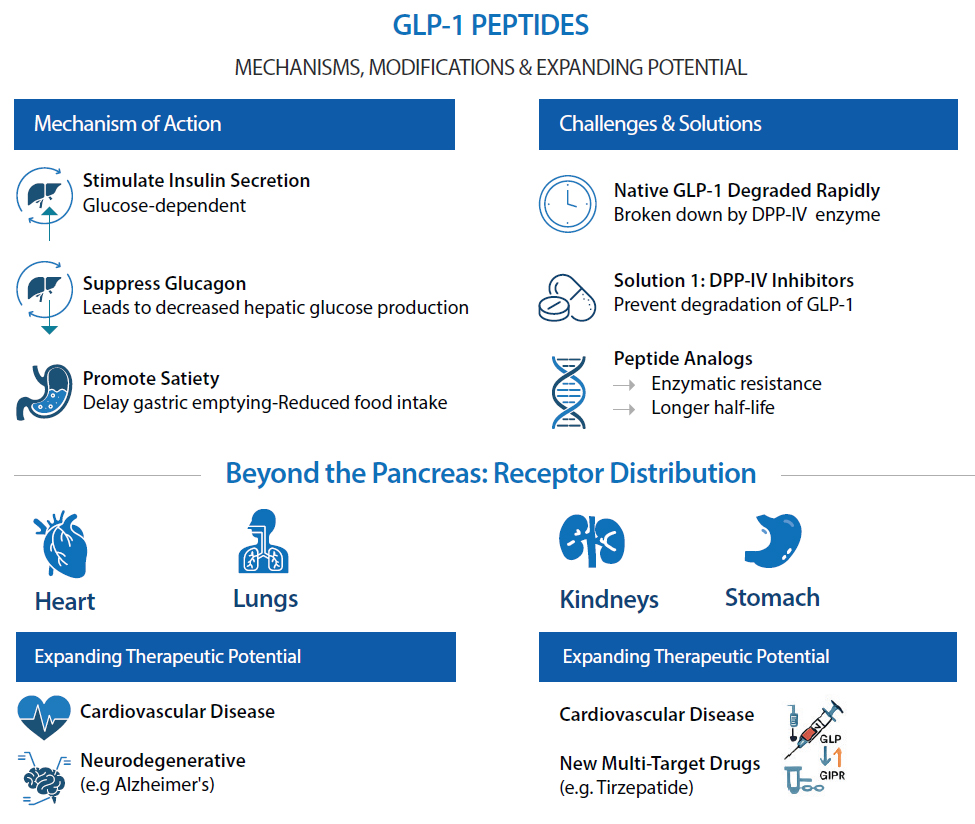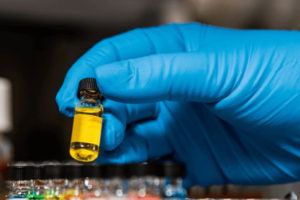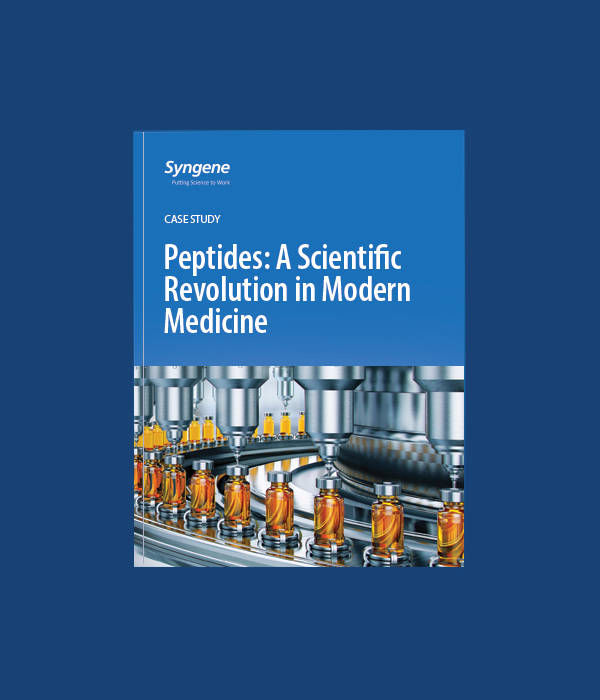The challenge
It is a remarkable time for science. GLP-1 (glucagon-like peptide-1) peptides, originally developed for diabetes treatment, have recently been lauded as a potential solution for a variety of unrelated diseases. These peptide drugs have garnered unprecedented attention from patients, scientists, economists, and investors, who view them as a panacea for numerous chronic conditions. Initially designed to manage blood sugar levels in diabetic patients, GLP-1 agonists have expanded their therapeutic potential to include obesity, cardiovascular diseases, and even neurodegenerative disorders.
What’s the Excitement About?
Discovered nearly 40 years ago, GLP-1 is a peptide hormone that promotes insulin release in response to food intake. The first major breakthrough came in 2005 with the approval of exenatide (marketed as Byetta), derived from the saliva of the Gila monster.
Exenatide was followed by longer-acting versions, such as liraglutide (administered once daily) and semaglutide (once weekly).
These drugs are part of the “-tide” family, indicating their peptide structure. A key observation during semaglutide’s clinical trials was its significant impact on weight loss, prompting Novo Nordisk to explore its potential for obesity treatment, leading to the development of Wegovy. Tirzepatide, another GLP-1-based drug developed by Eli Lilly, has demonstrated even more promising results, helping patients lose up to 16% of their body weight over 17 months
A Deeper Look at the Receptors and Broader Implications
GLP-1 peptides exert their effects through multiple mechanisms. They stimulate insulin secretion in a glucose-dependent manner and suppress glucagon release, thereby reducing hepatic glucose production. Additionally, they promote satiety by delaying gastric emptying, leading to reduced food intake. Despite their efficacy, native GLP-1 is rapidly degraded by the enzyme DPP-IV, limiting its therapeutic potential. To address this, researchers developed DPP-IV inhibitors that prevent the enzyme’s action. Furthermore, second-generation GLP-1 analogs, such as semaglutide, feature amino acid modifications that enhance stability, making them less susceptible to enzymatic breakdown. Additionally, the incorporation of fatty acid side chains into these peptides helps prolong their half-life through plasma protein binding, offering extended duration of action.
Initially thought to be localized primarily in the pancreas and brain, GLP-1 receptors have been found in various other organs, including the heart, lungs, and kidneys. This broad distribution suggests that GLP-1 peptides may have a much wider physiological role than previously understood. Research is exploring their potential in treating conditions such as heart disease, chronic kidney disease, and even Alzheimer’s. The therapeutic applications of GLP-1 peptides continue to expand as new drugs, such as tirzepatide, target multiple receptors (GLP-1R and GIPR), offering even more comprehensive benefits.
Is the Tide Waning?
Far from it. GLP-1 peptides are poised to revolutionize the treatment of metabolic and chronic diseases. With over 100 candidates in various stages of clinical trials and nearly 30 already approved, the future of GLP-1 drugs looks promising. As these treatments gain approval for a range of indications, the market for GLP-1 drugs is expected to reach 94 billion USD by 2030. The impact extends beyond healthcare, with industries supporting peptide synthesis and food processing potentially benefiting from the broader effects on appetite regulation and food intake.
GLP-1 peptides are not just a passing trend—they represent a transformative shift in the landscape of modern medicine

Syngene’s state-of-the-art peptides facility
We have recently established a new facility as part of our initiative to create a dedicated centre for peptide synthesis and characterization. The centre houses top-notch peptide synthesizers (the workhorses in an automated flow), the staple resins and building blocks, purification and characterization and most importantly the best brains to work out the synthesis.
About the author








